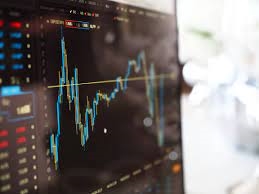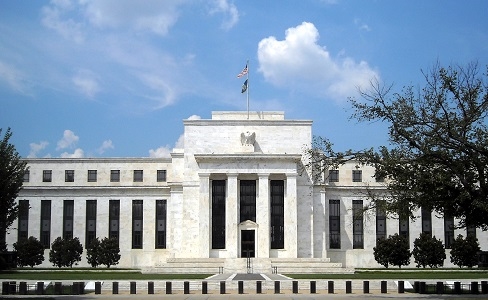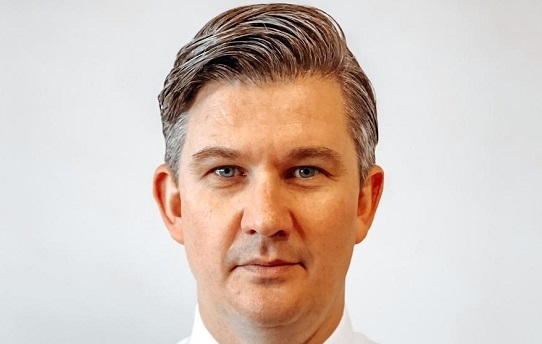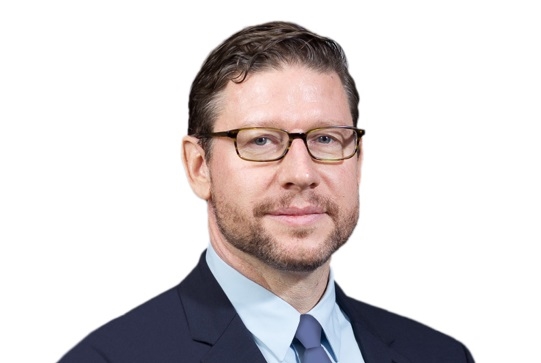ANALYSIS: Eurex, ICE reflect on slow start for MSCI total return futures

The healthy and long-standing rivalry between Intercontinental Exchange and Eurex has been interrupted by a nasty case of unanimity on their latest total-return futures.
ICE Futures US and Eurex launched on the same day in March the world’s first total return futures based on MSCI indices, the latest milestone for the equity derivatives contract that has been adopted in Europe as a listed, low-cost alternative to total return swaps.
Two months after launch, the new contracts have not traded but the rivals have insisted that is not unexpected as the MSCI TRF is aimed at asset managers and hedge funds, and those products can take longer to get going.
Stuart Heath, director Product Design for equity and index derivatives at Eurex, told FOW: “We said previously it would take time for anything to happen, the reason being that MSCI TRFs aim at the buy-side. And, they typically won’t look at a product until it is launched and then they usually have to go through certain processes before they trade.”
Caterina Caramaschi, vice-president of Financial Derivatives at ICE, added: “It’s still early days since our MSCI TRFs launched and we are working closely with banks to promote the product to end clients, feedback has been positive.”
Total return futures are an innovative exchange-traded version of the total return swap which have proved popular among hedge funds by replicating the performance of an index including related income and capital gains from dividends and overnight lending in the repo market.
The fact the two exchanges offered their first MSCI TRFs on the same day is linked to the short history of these products.
Eurex launched its first TRF, based on the EuroSTOXX 50 index, in December 2016 and that product is now the world’s most-traded TRF, with 9.2 million lots traded last year, according to FOW Data. The German exchange followed this with a FTSE 100 TRF in March 2021, taking Eurex into ICE’s backyard as the home of FTSE 100 futures trading.
ICE Futures Europe then launched the US group’s first TRF, also based on the FTSE 100, in November 2022, which gave Eurex an 18-month head-start with its FTSE product.
Today, Eurex is the market-leader in the FTSE 100 TRF, trading over 600,000 lots last year compared to fewer than 20,000 contracts traded at ICE, according to FOW Data.
ICE Futures Europe remains the home of the FTSE 100 index future, trading 31.6m lots last year compared to 250,000 contracts traded at Eurex, according to the exchanges.
But Heath warned against drawing parallels between the likely evolution of the new MSCI TRFs and those TRFs that went before: “We are very much in an educational phase because this is effectively still a green field for the buy-side. In EuroSTOXX TRFs, for example, there is a lot more bank-to-bank business because banks need to hedge structured products. But that is not the case with MSCI TRFs.”
Eurex said the timing of the development of the MSCI TRF market will be partly determined by firms closing out their related OTC positions: “I think it is only when they roll off their current OTC total return swaps that they will start to ask for prices and set them up in their system,” said Heath.
Here, Caramaschi feels the ICE product has an advantage: “In contrast to other venues, our contract specifications are more closely aligned with total return swaps, due to the ability to trade our TRF verse the closing index value.”
Caramaschi also said ICE plans to leverage with the TRF its position as the largest MSCI futures trading market globally, with a 70% market share based on trading volume. “With the cost of OTC trading continuing to increase, we are optimistic about the future of our MSCI TRF and the potential these contracts hold for our customers,” she said.
Heath concluded: “It is not unexpected that nothing is really happening yet. But there is a lot going on in the background, where we are making sure that we set everything up and get the educational tools together.”
Found this useful?
Take a complimentary trial of the FOW Marketing Intelligence Platform – the comprehensive source of news and analysis across the buy- and sell- side.
Gain access to:
- A single source of in-depth news, insight and analysis across Asset Management, Securities Finance, Custody, Fund Services and Derivatives
- Our interactive database, optimized to enable you to summarise data and build graphs outlining market activity
- Exclusive whitepapers, supplements and industry analysis curated and published by Futures & Options World
- Breaking news, daily and weekly alerts on the markets most relevant to you



